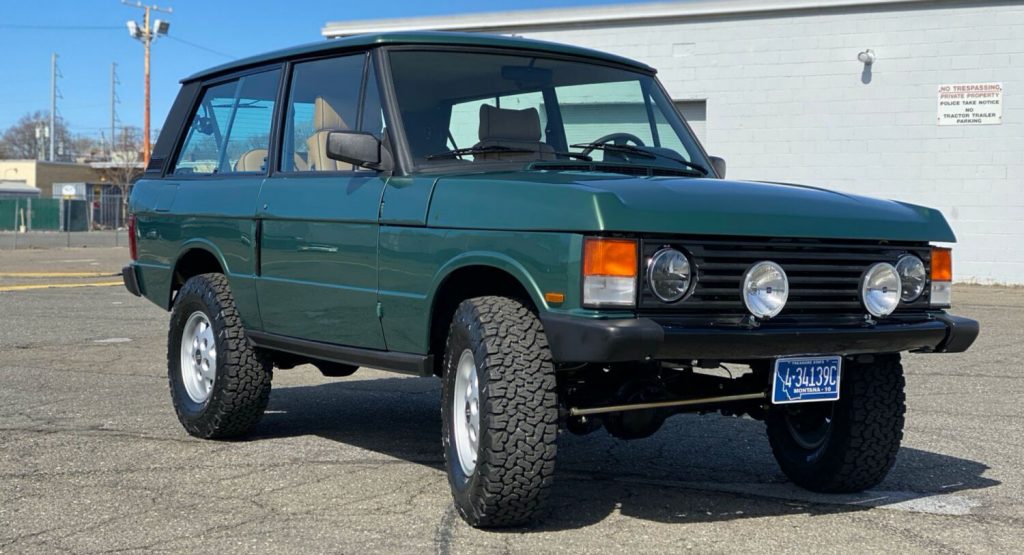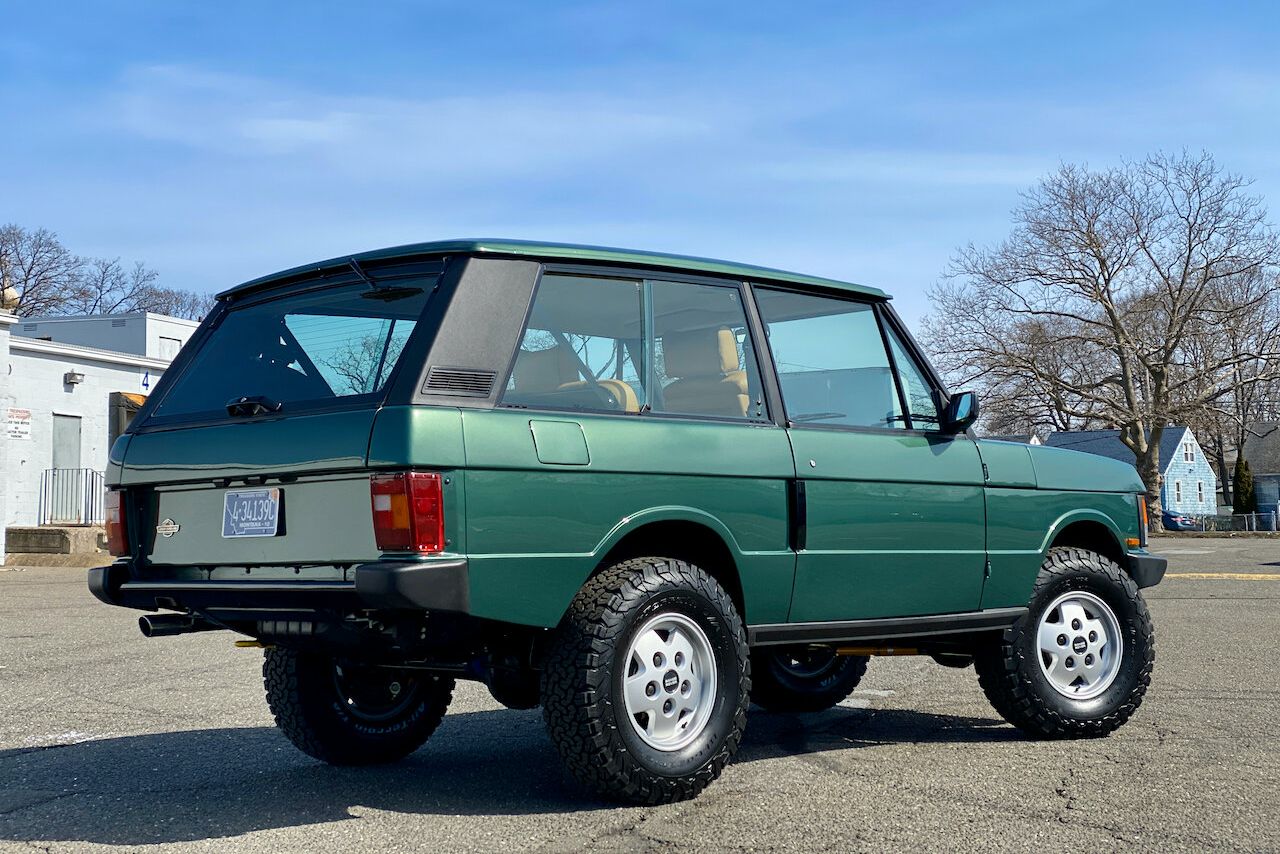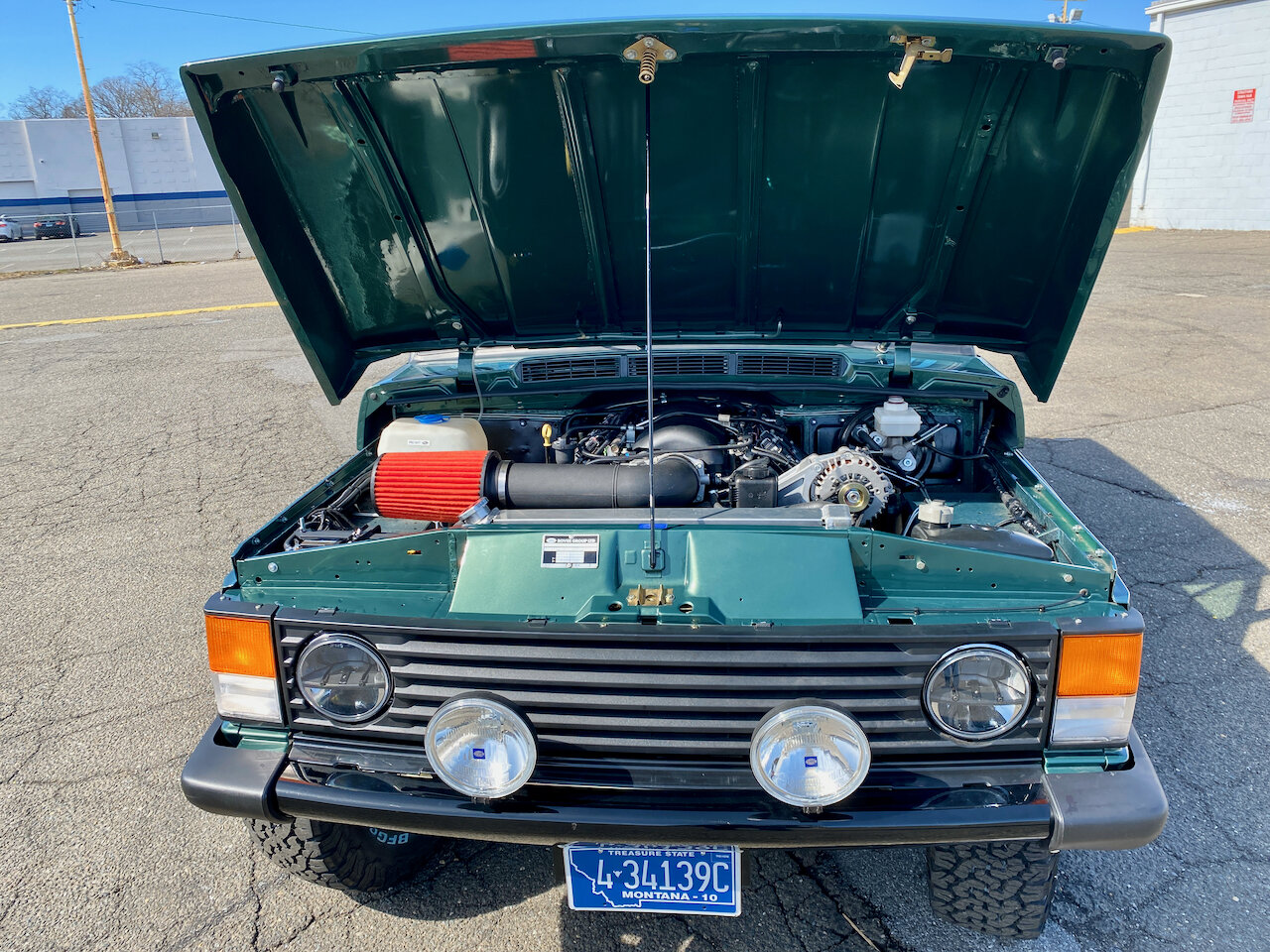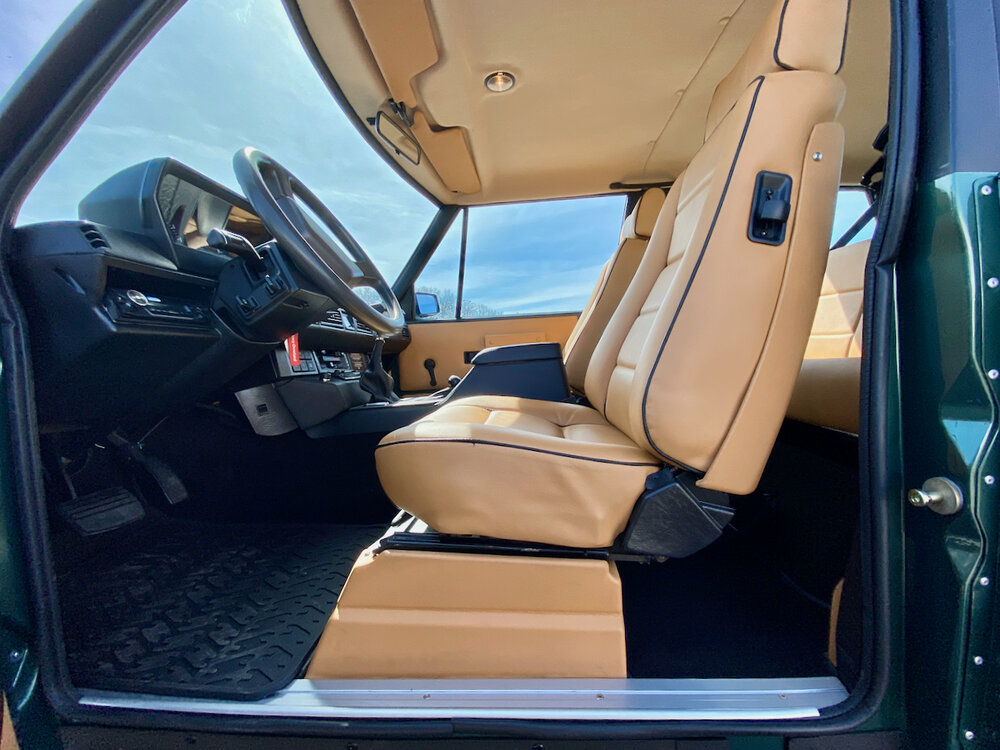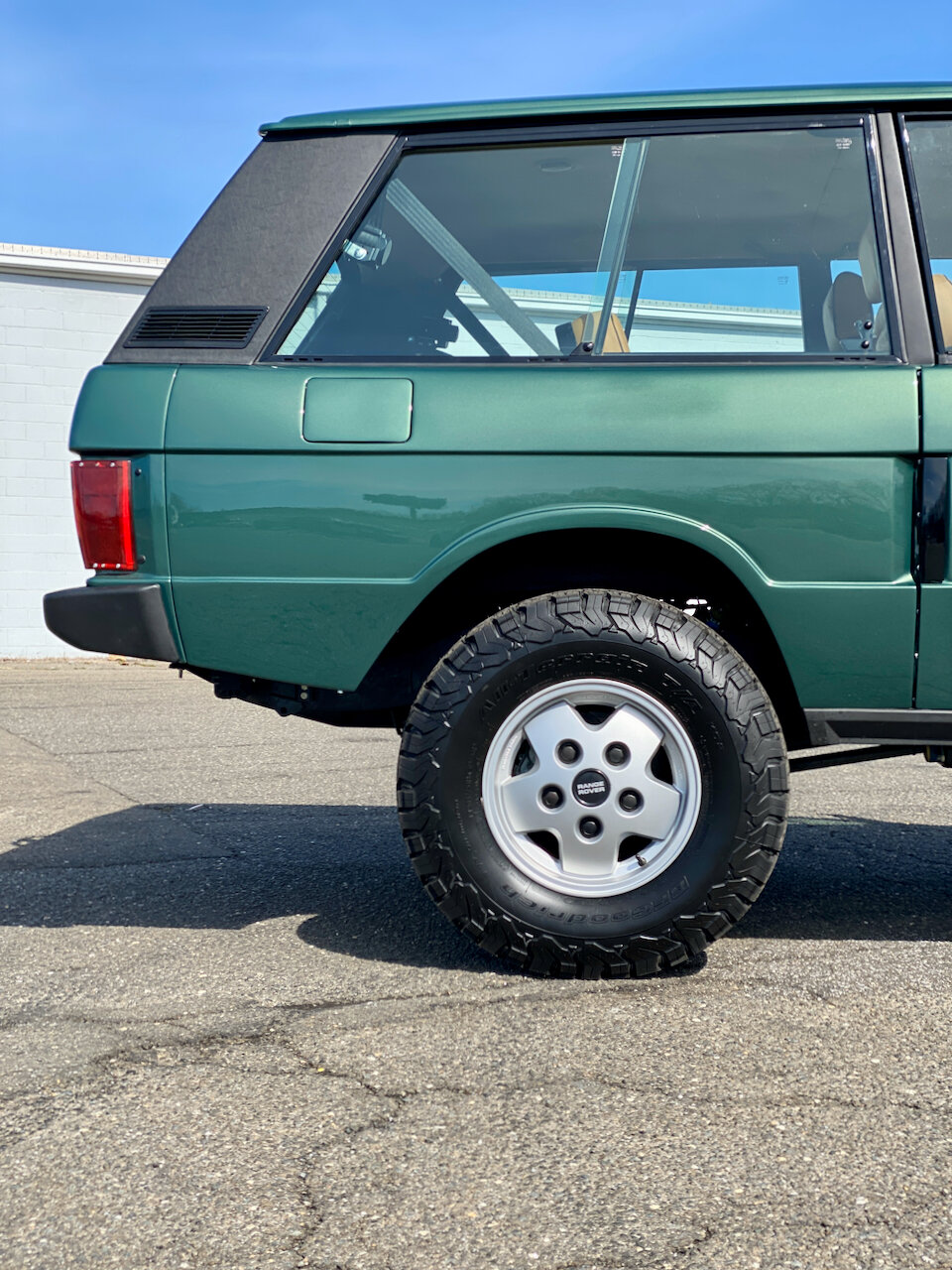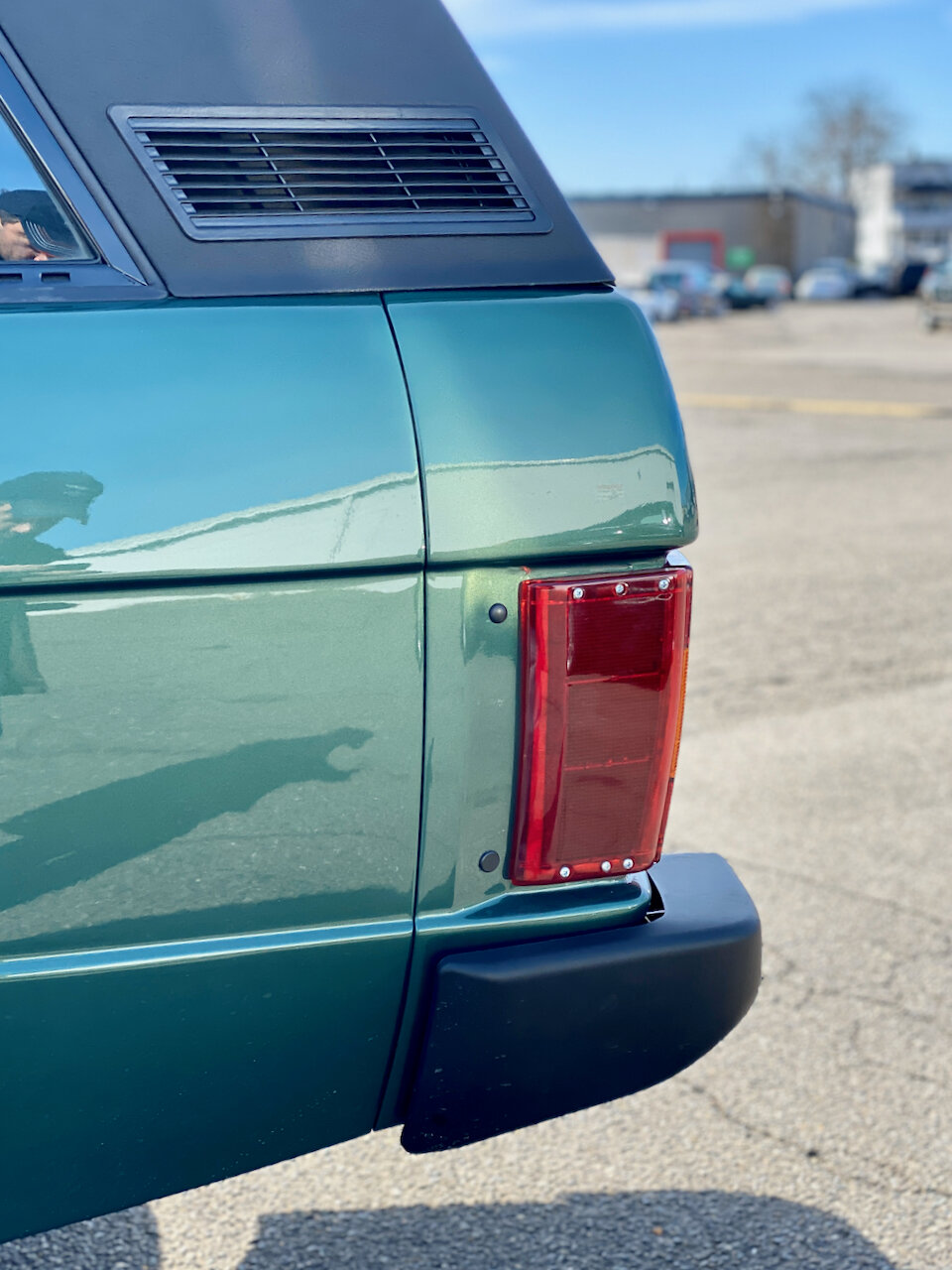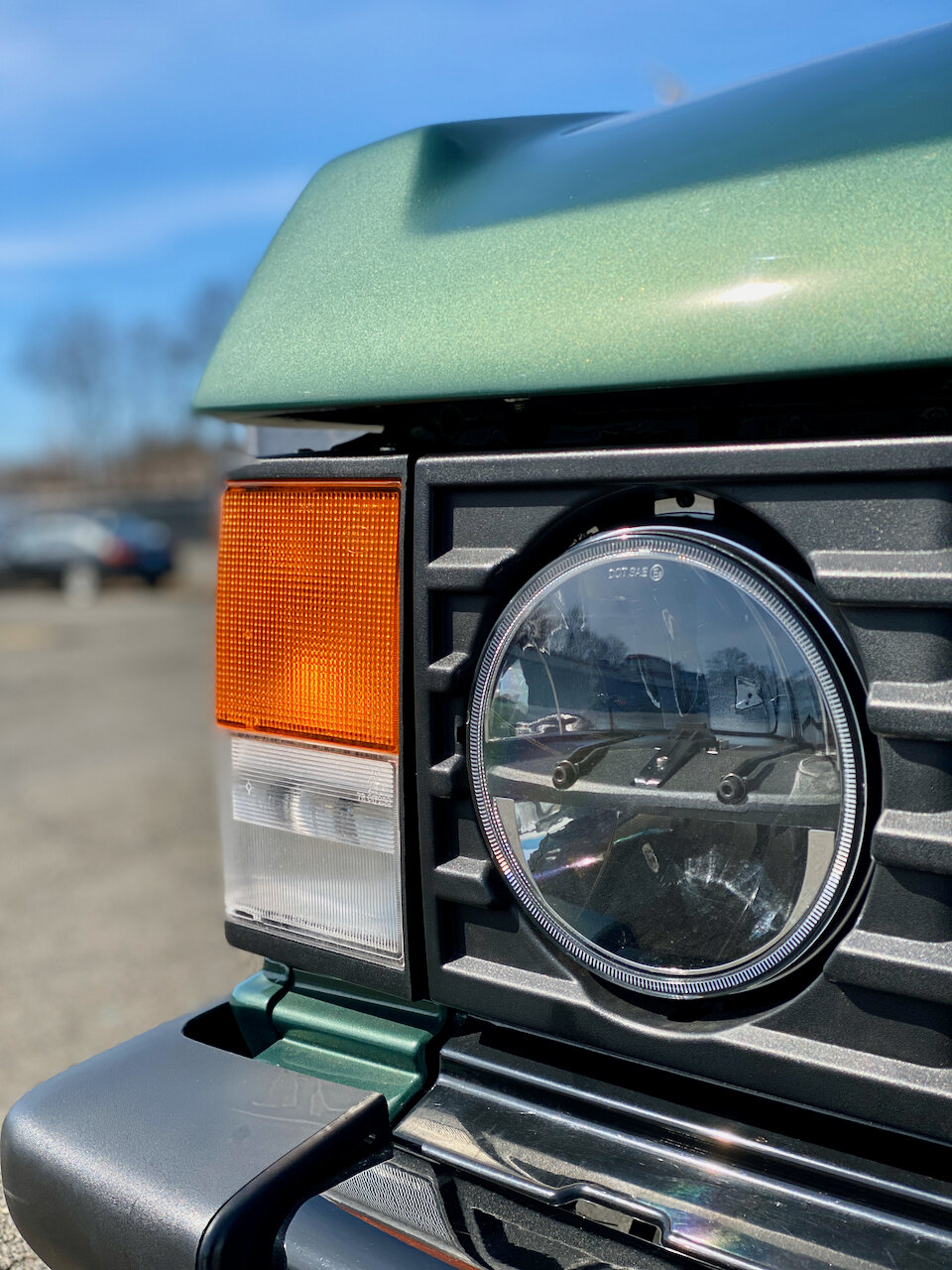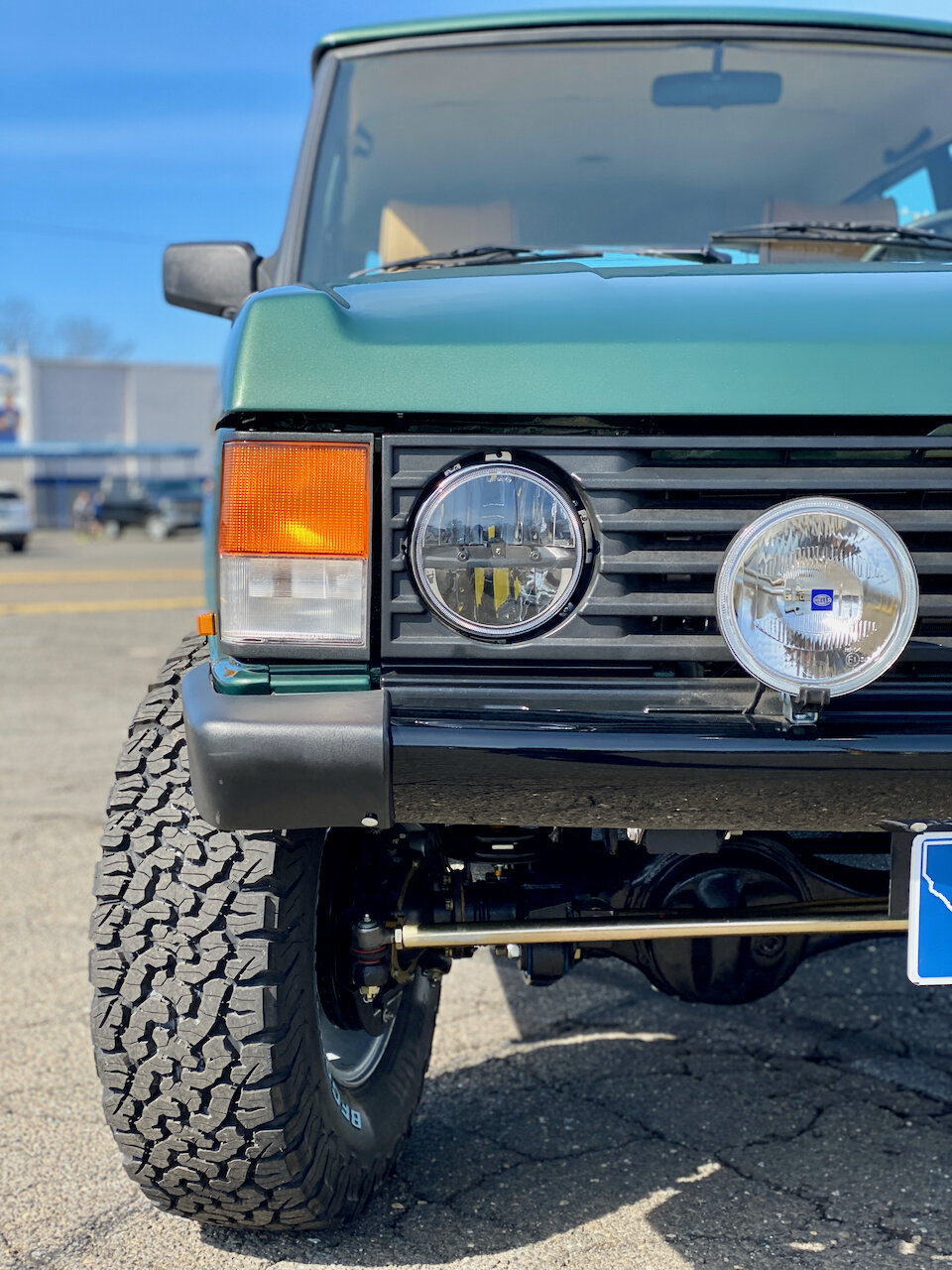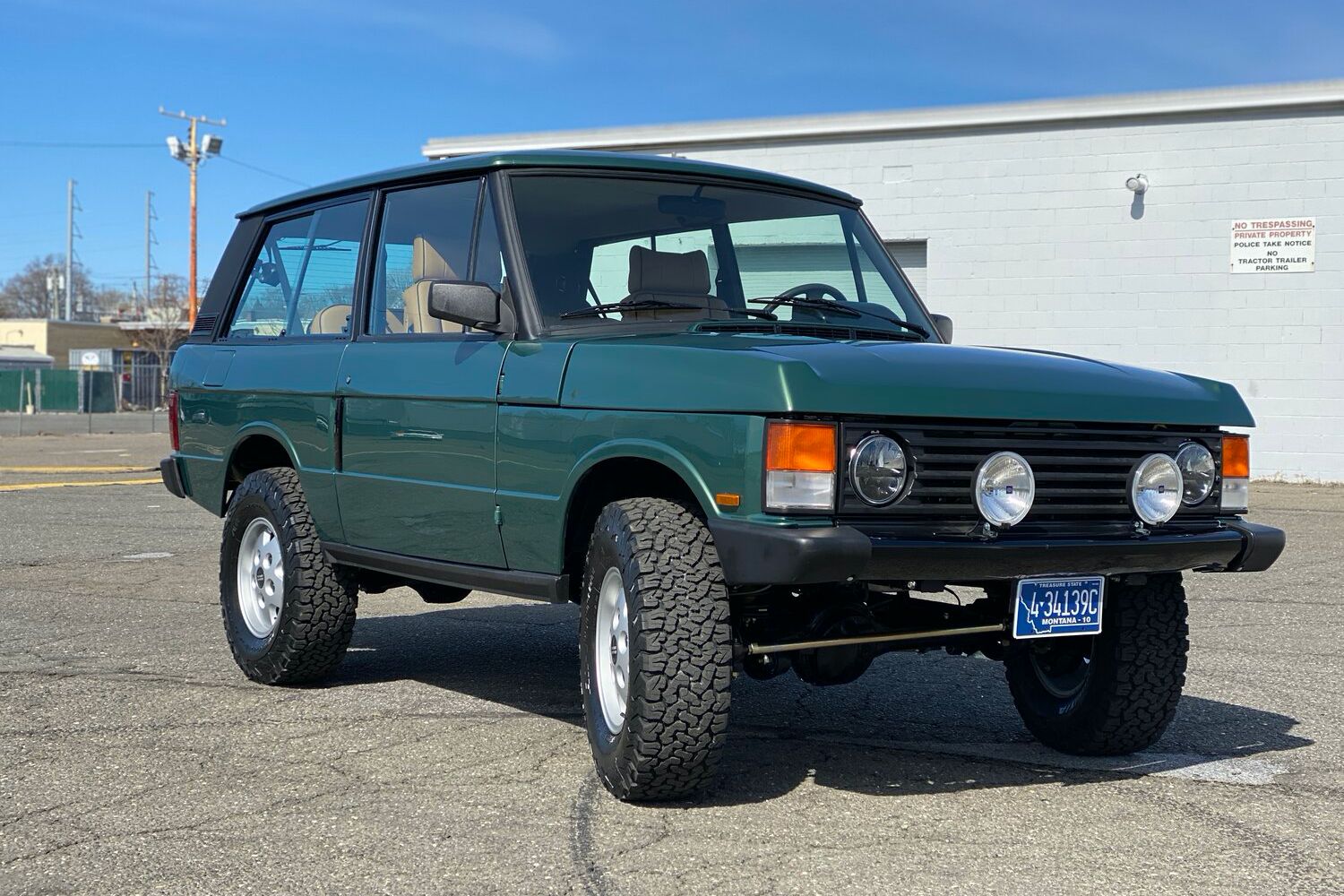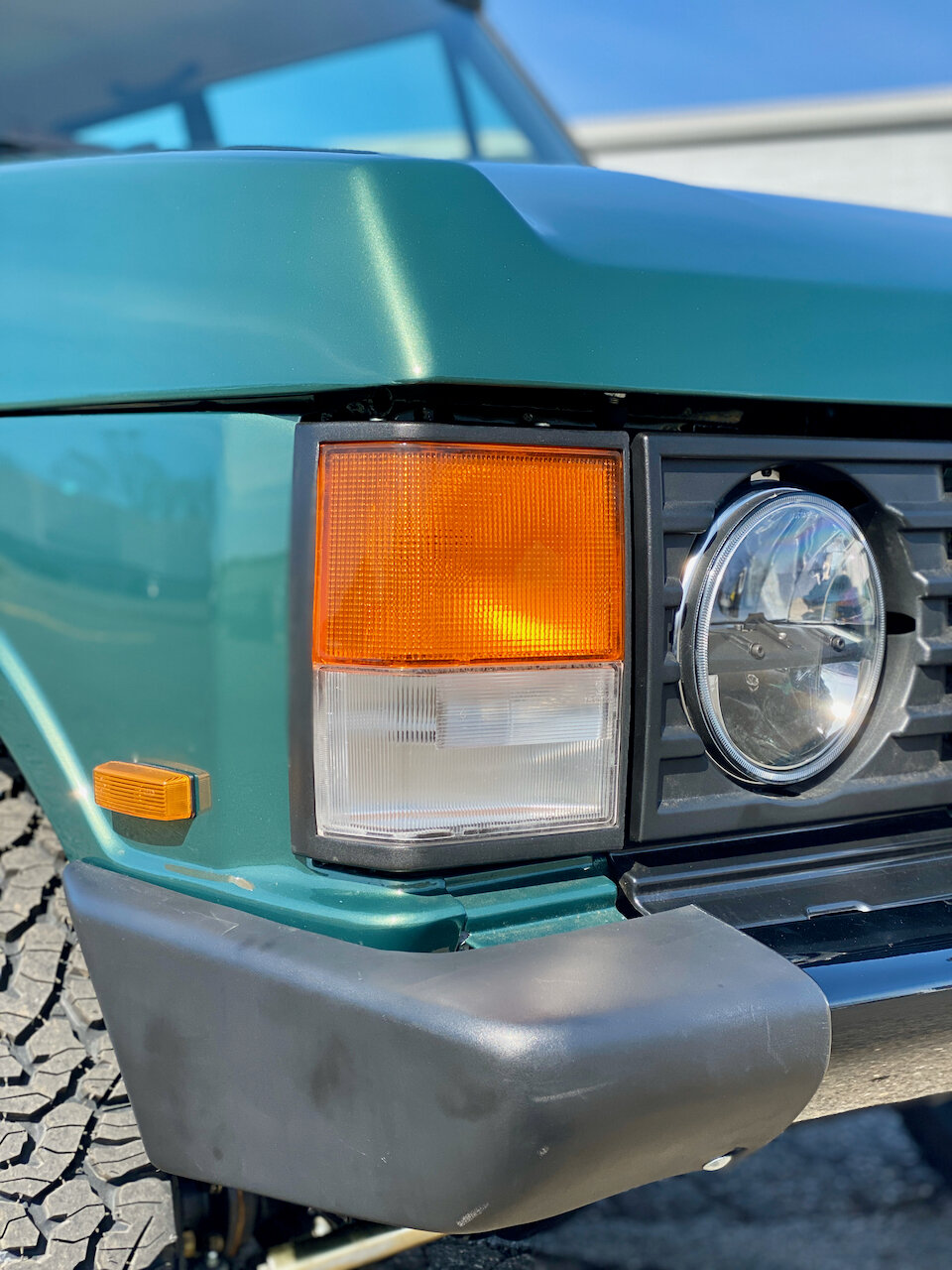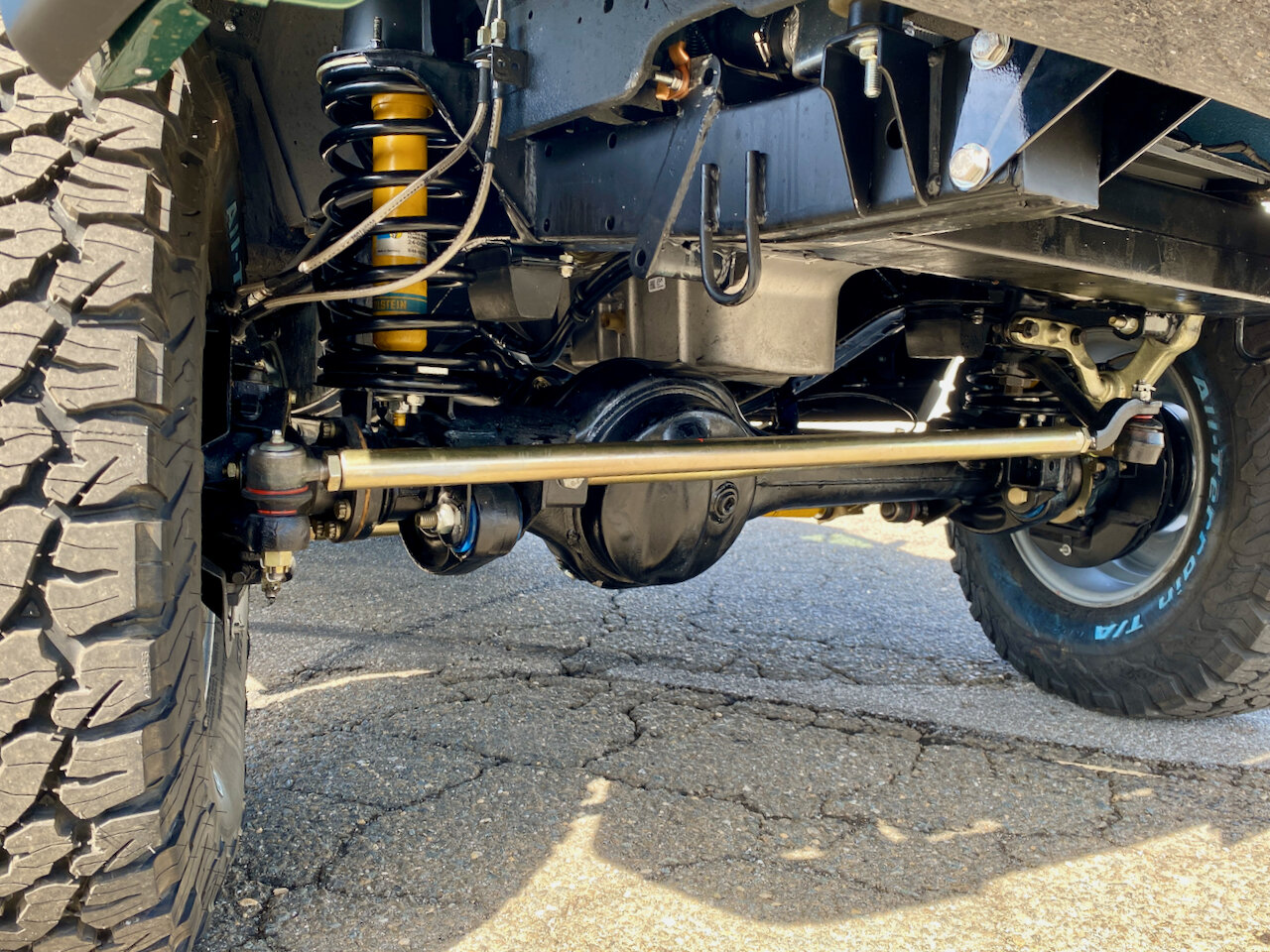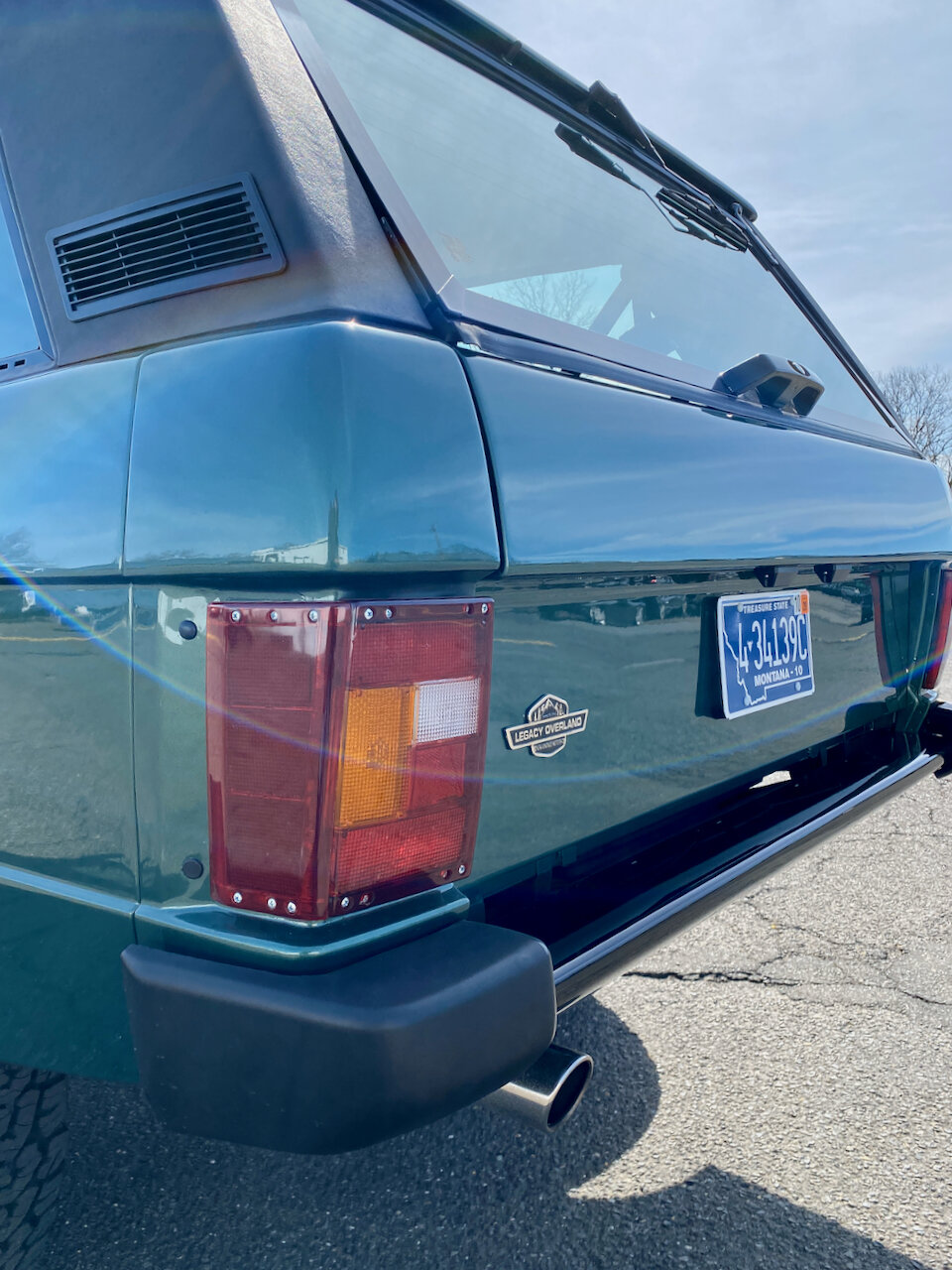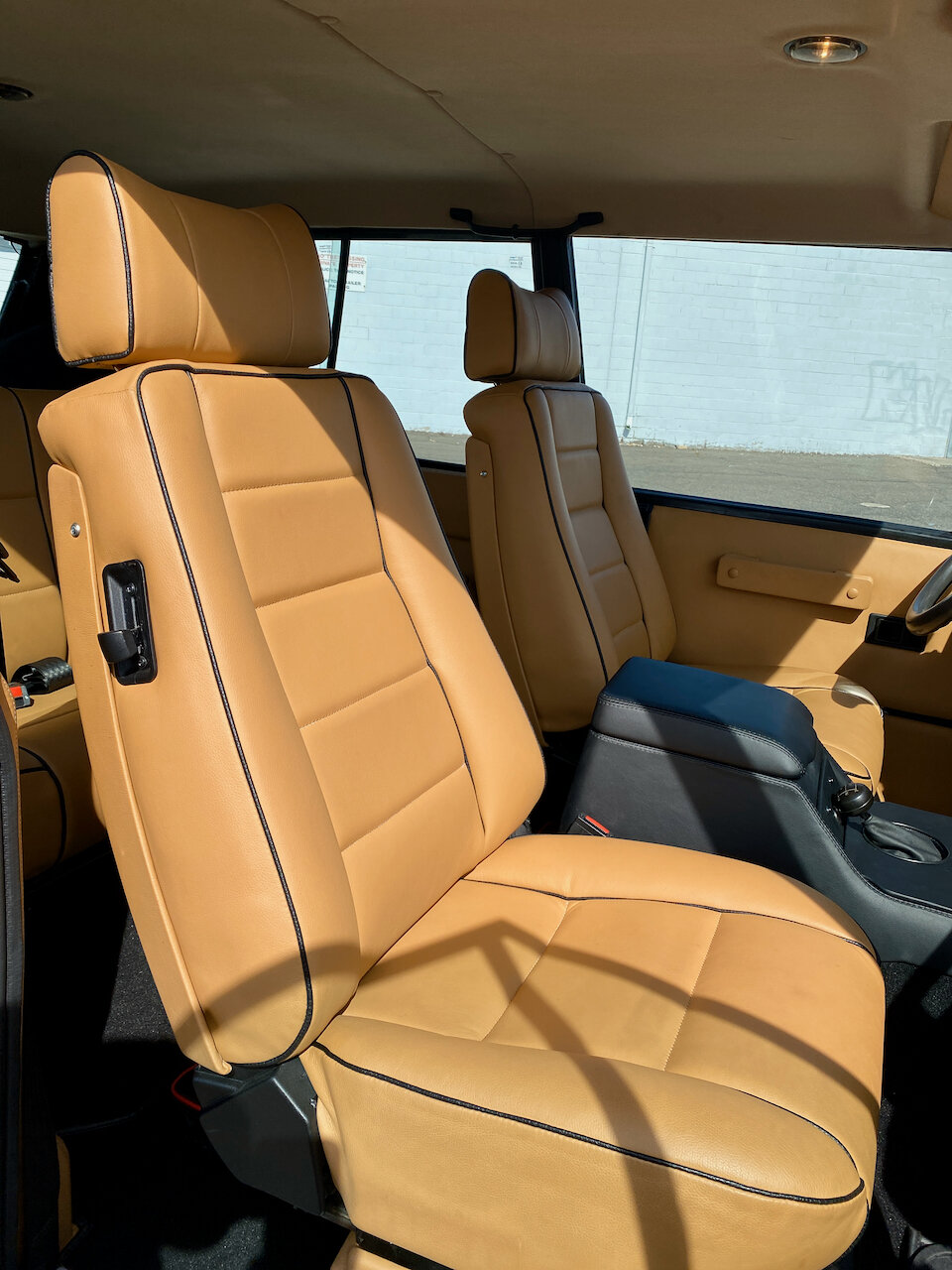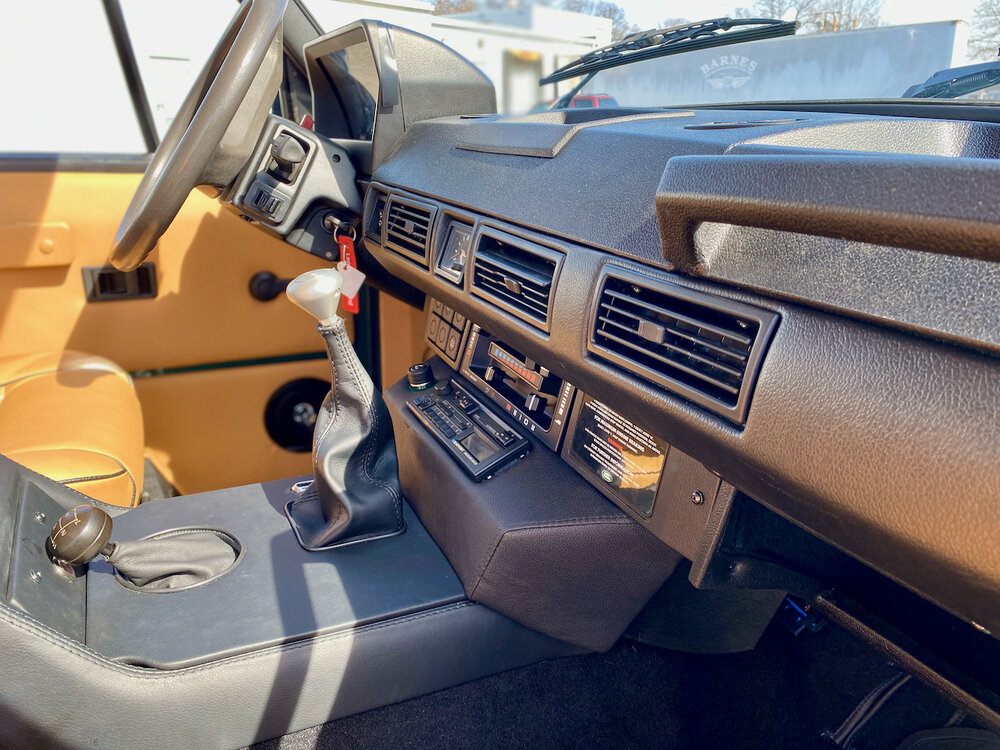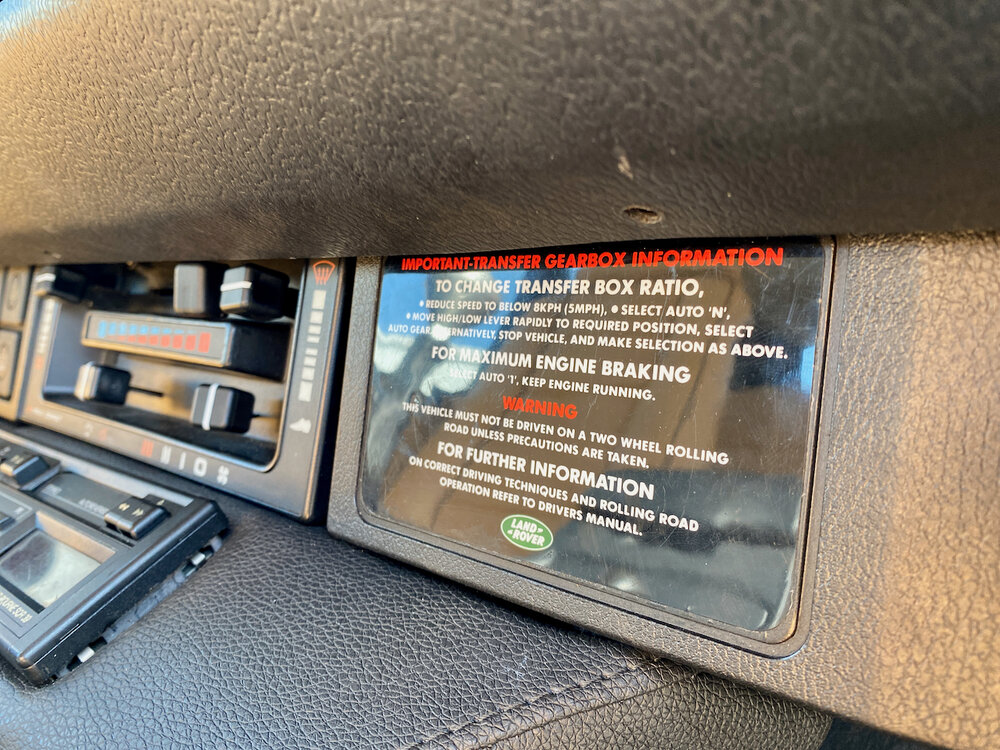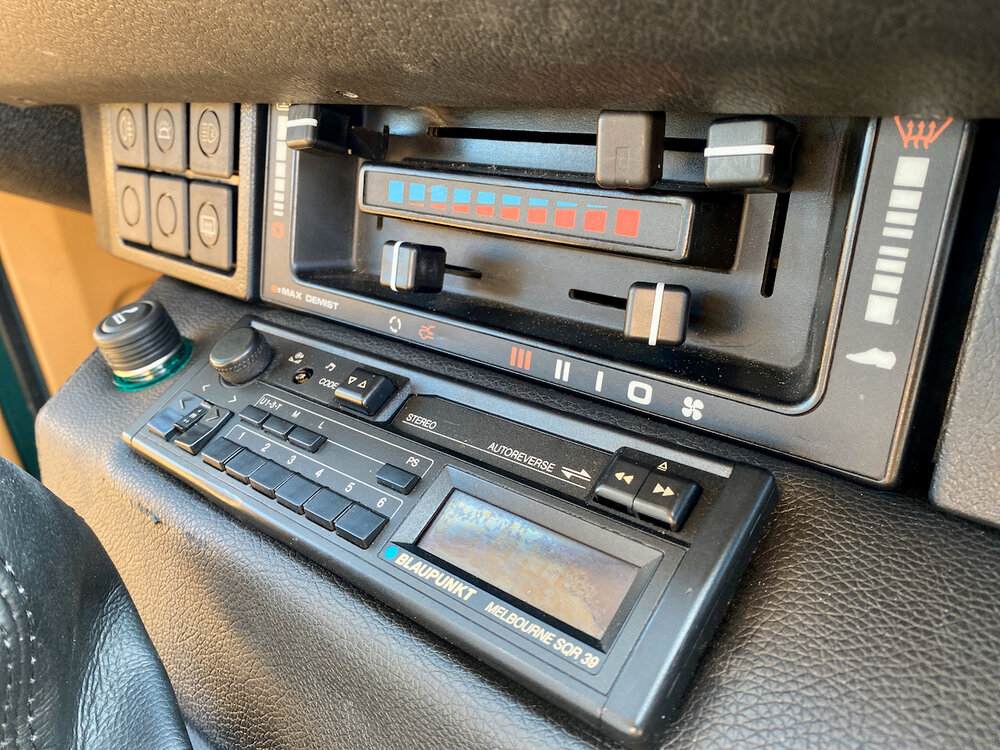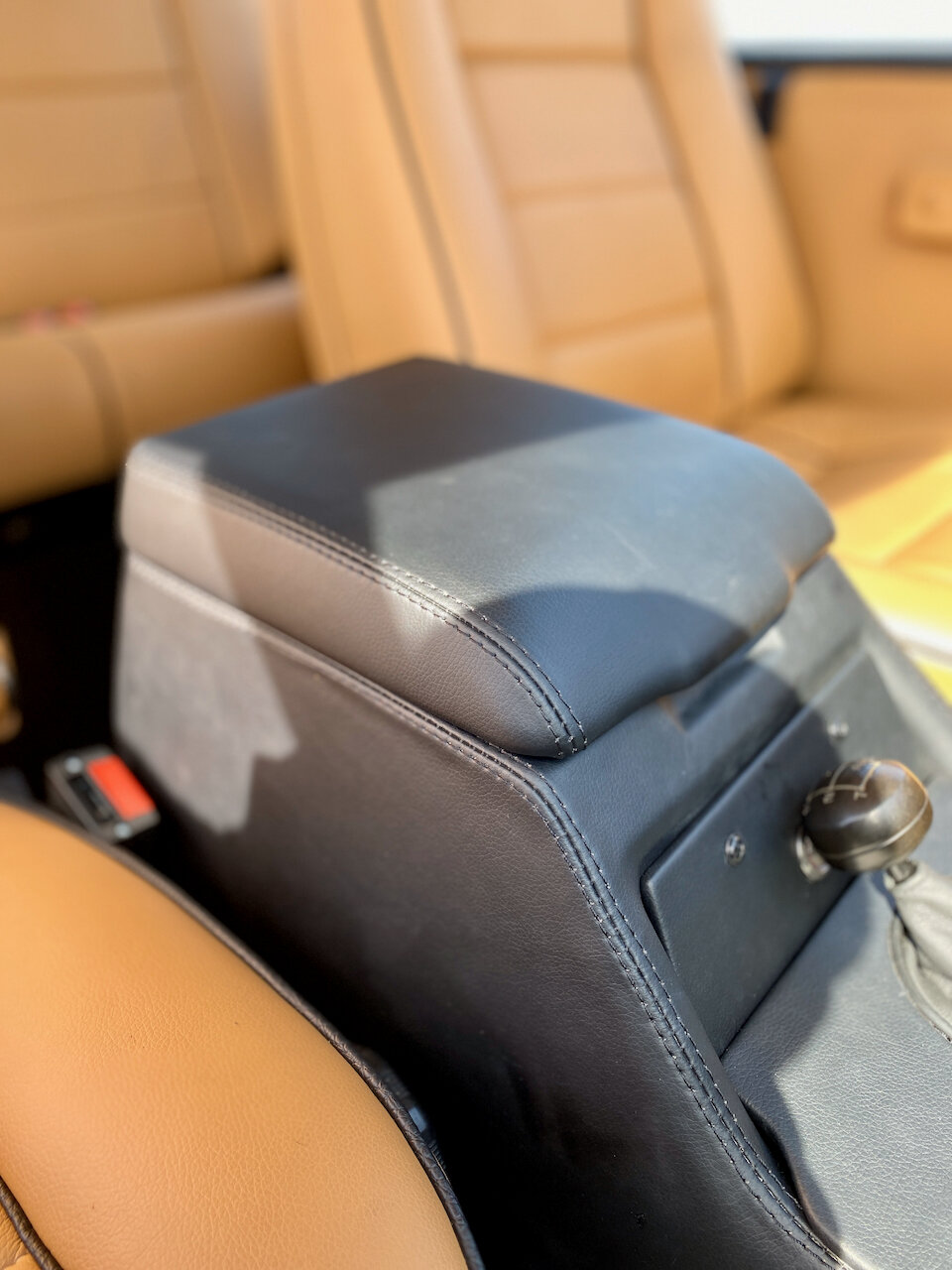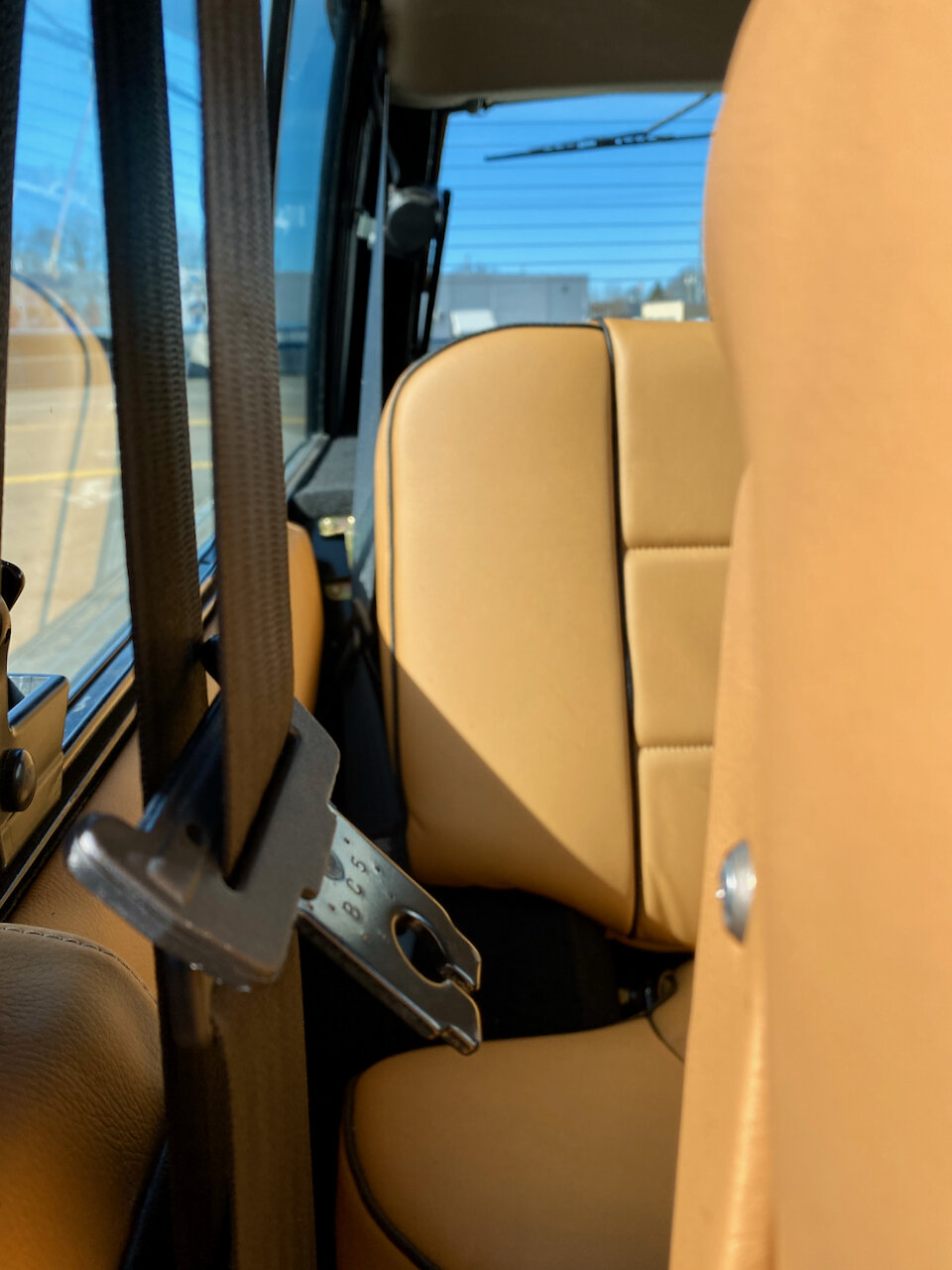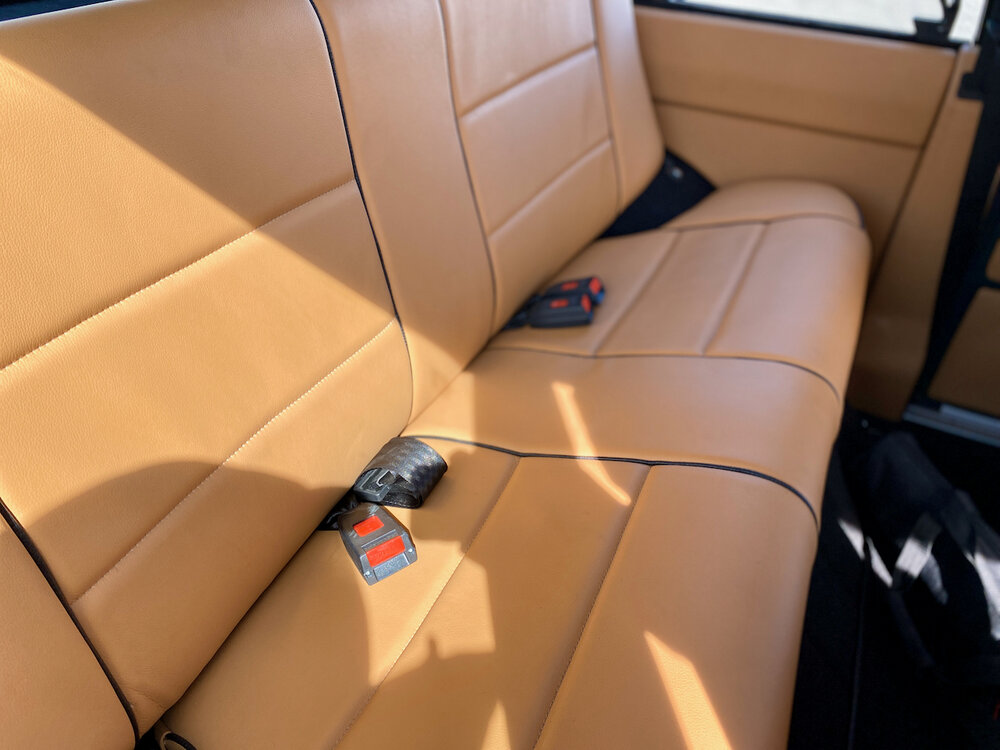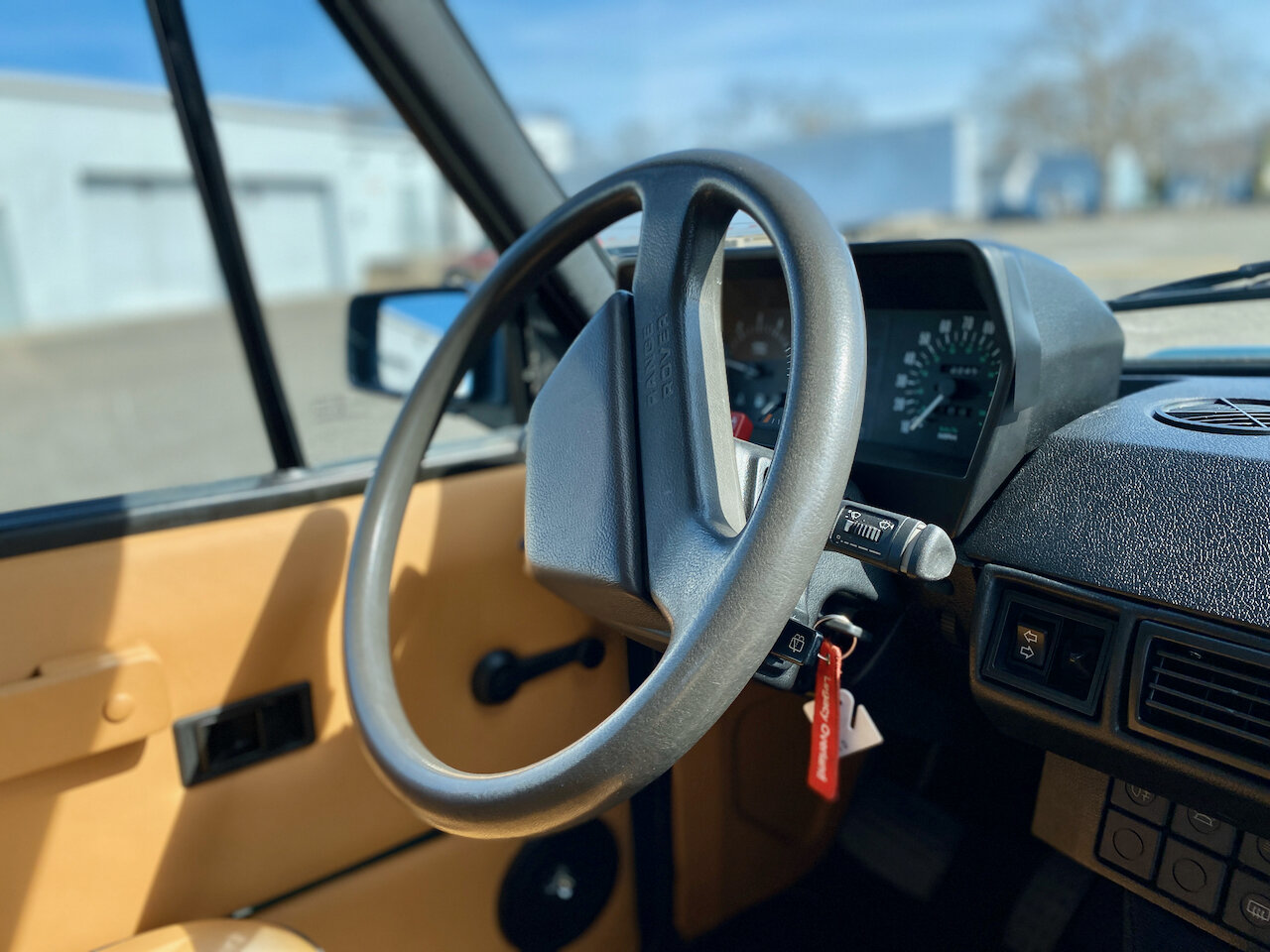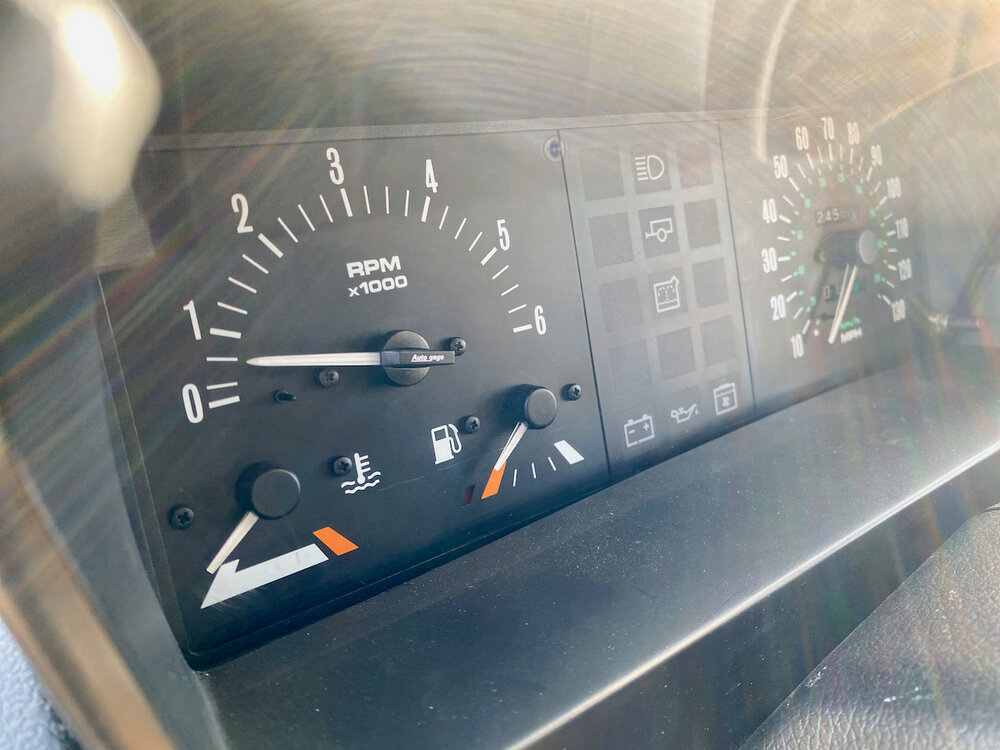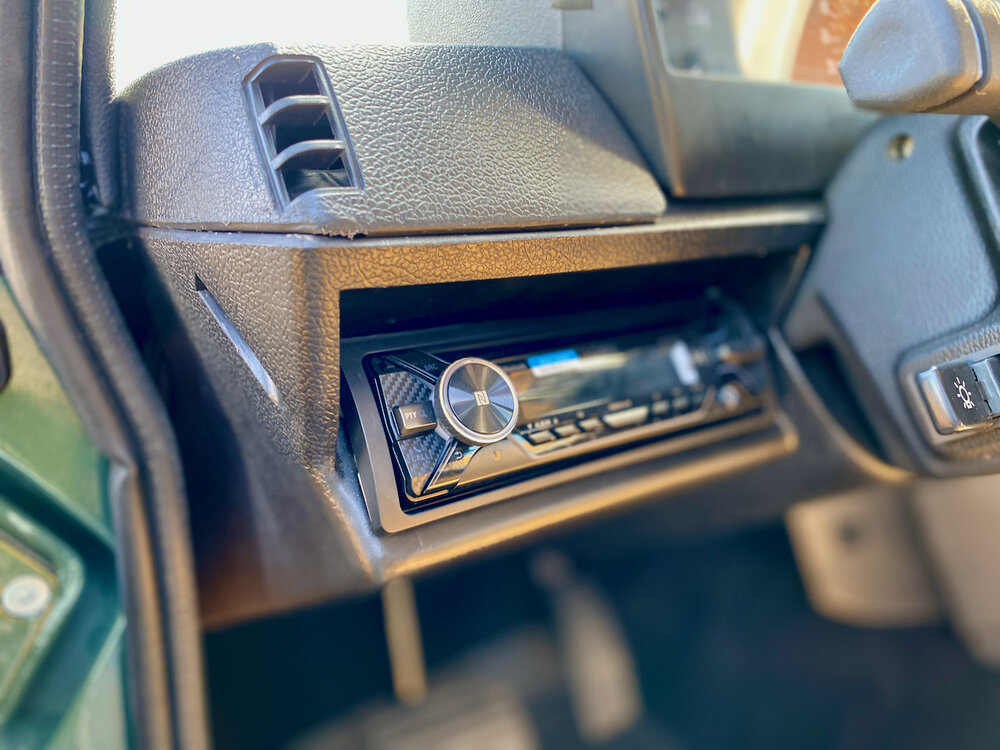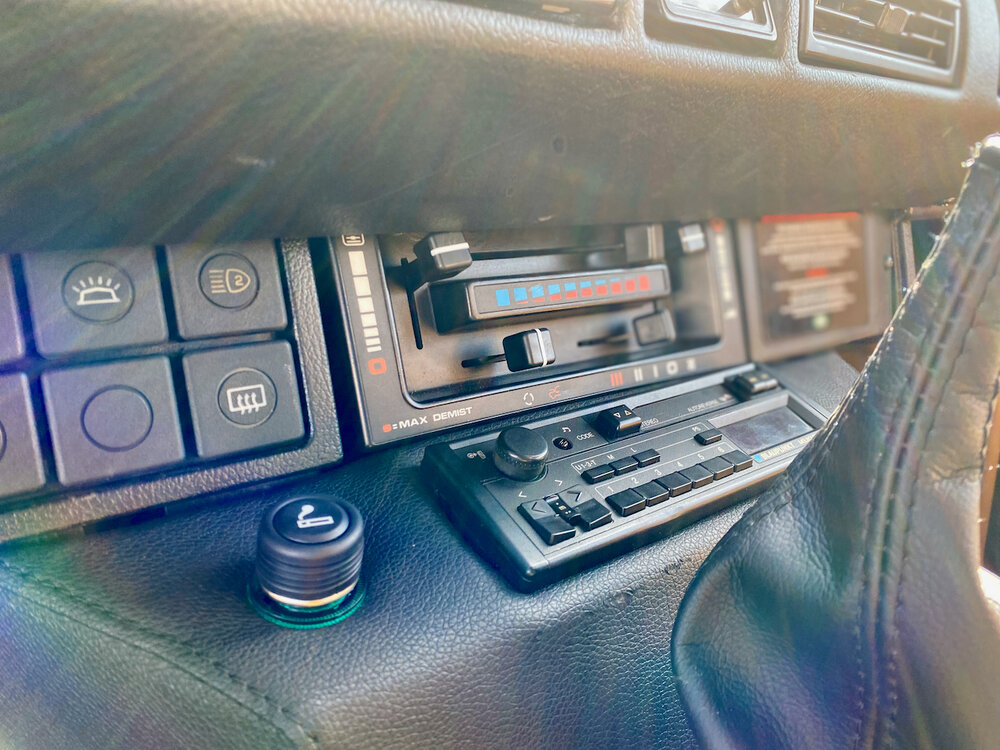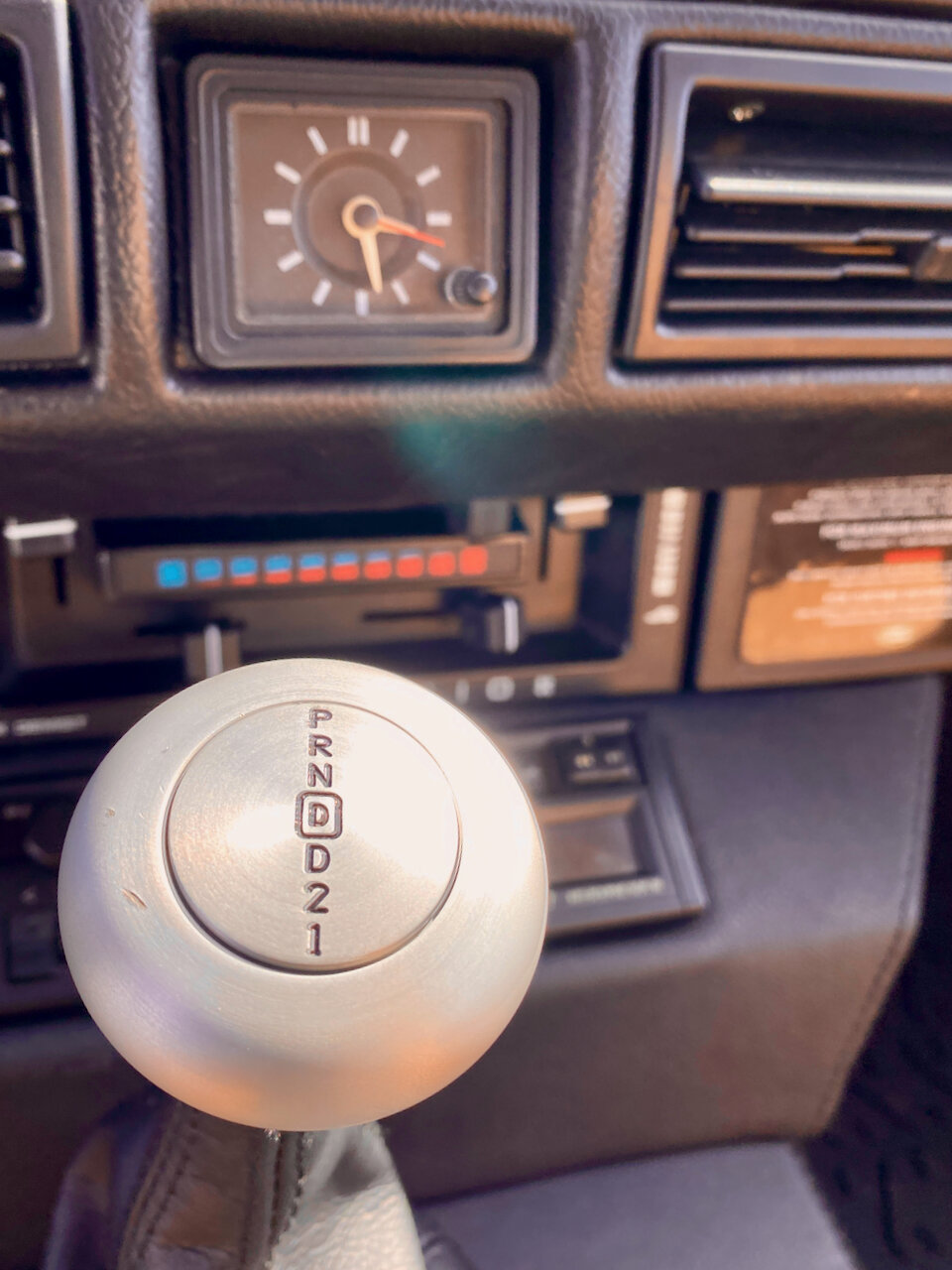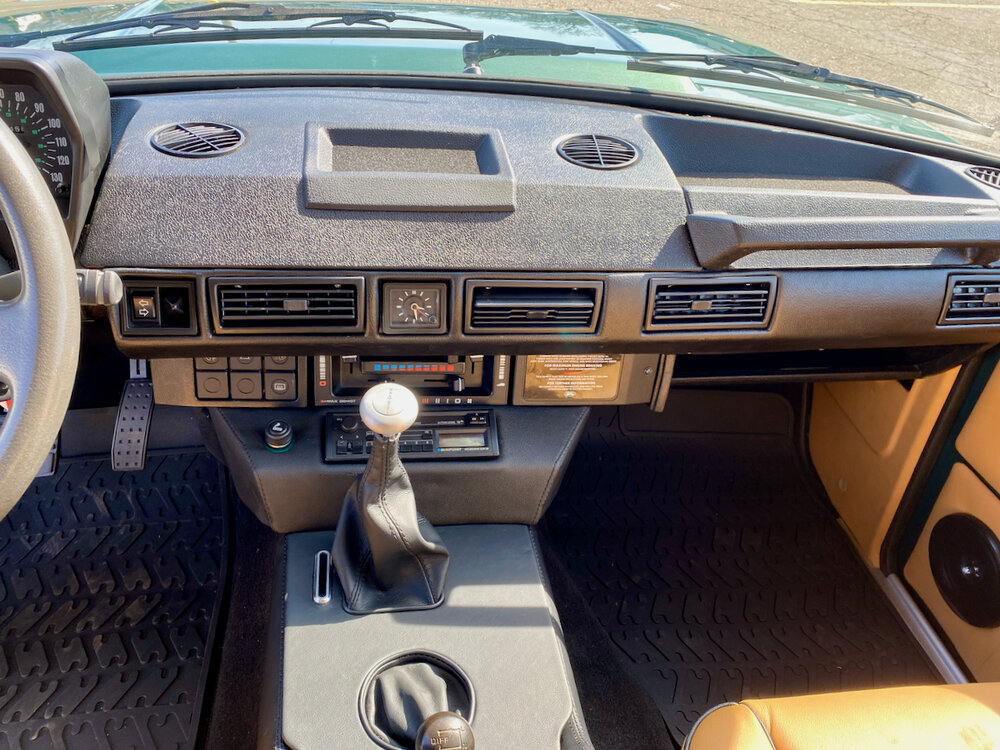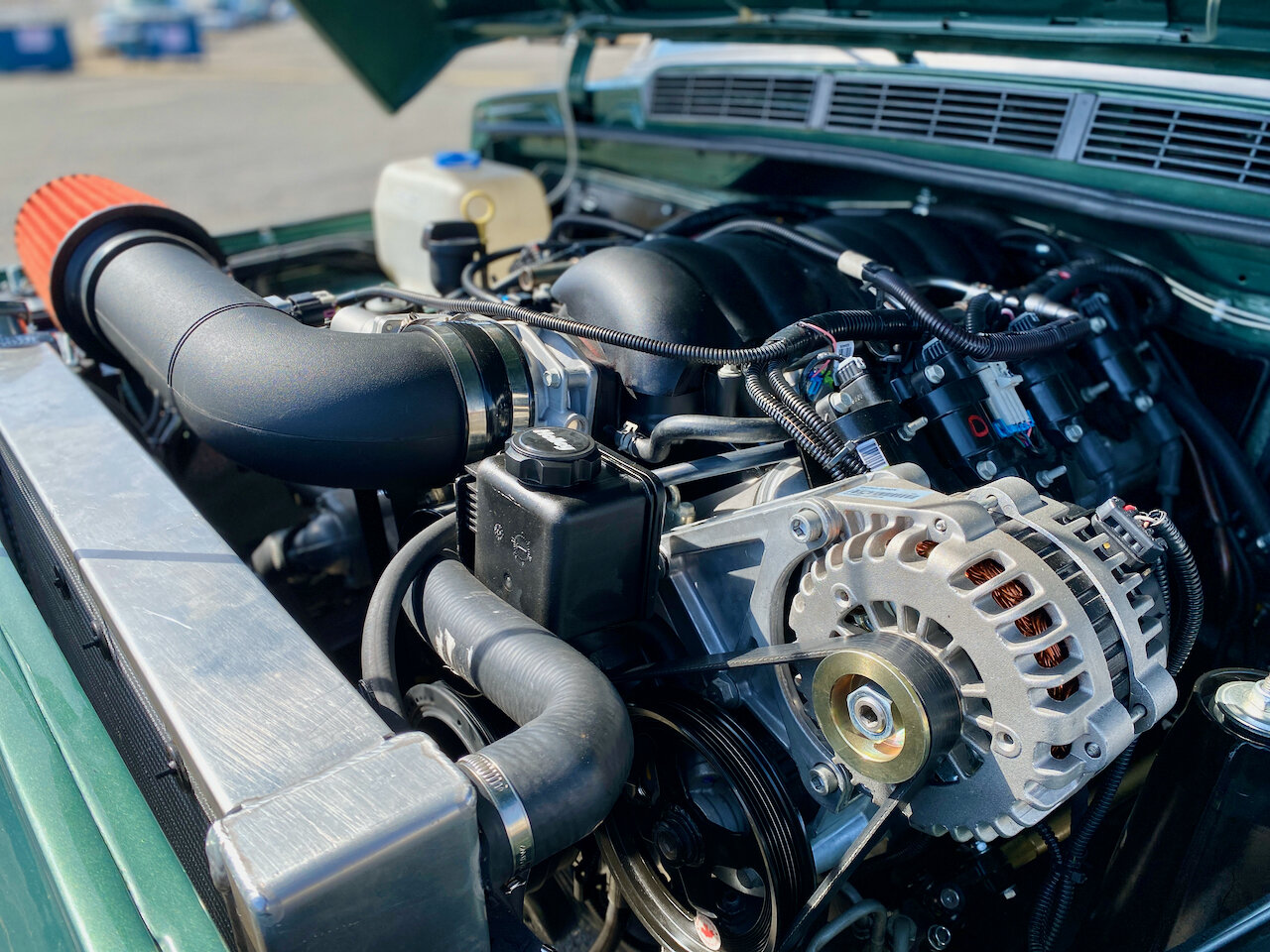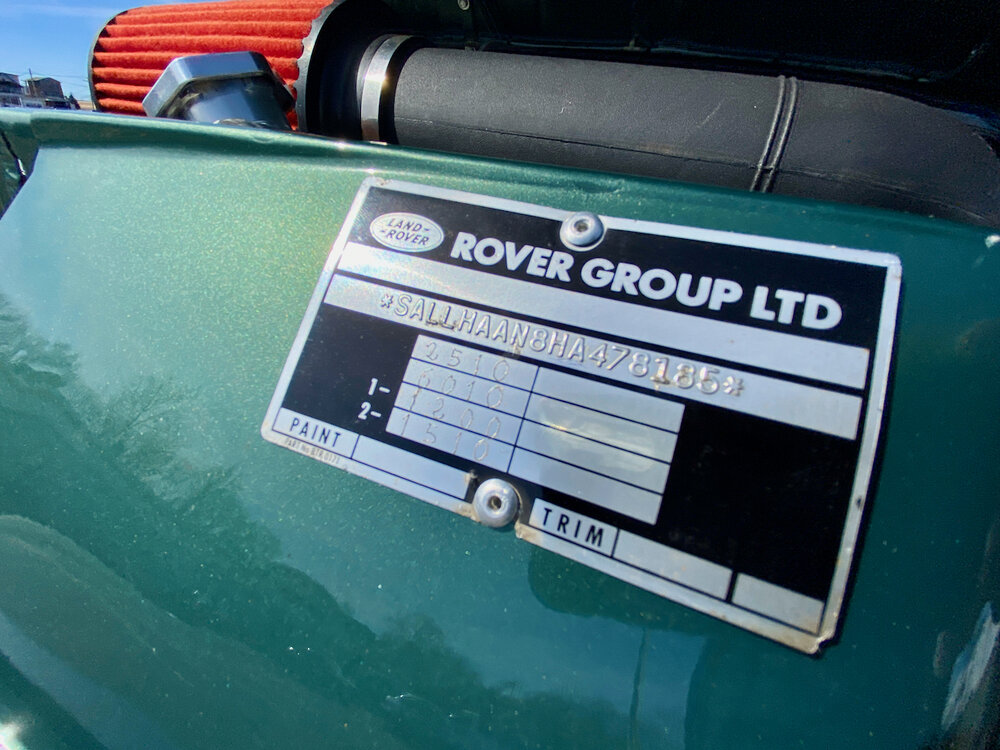Contrary to popular belief, the first-generation Range Rover was not what one would call a luxury SUV.
While certainly more upscale and advanced than the Land Rover Defender, it was still a rugged, utilitarian vehicle that featured vinyl seats and plastic dashboard designed to be washed down with a hose. Also known as the Range Rover Classic, it was built exclusively as a two-door from 1970 until 1981, when a more practical four-door model was added.
Both are desirable on the classic car market but the two-door has the advantage of a shorter wheelbase and, therefore, better off-road capability. Some say it looks better too as it features sporty proportions compared to the five-door model’s utilitarian looks.
See Also: Classic Range Rover Wants To Be A Modern SUV With Cadillac Escalade V8 Power, Air Suspension
If you’re a two-door Range Rover fan but want to combine its timeless design with contemporary performance and creature comforts, Legacy Overland may have what you’re looking for. This 1990 Range Rover Classic has been given a detailed restoration and modernization that took thousands of man-hours to complete.
At the heart of the projects lies a GM LS3 6.2-liter V8 crate engine churning out 430 HP. Mated to a 4L85e four-speed automatic gearbox, the powertrain is a big upgrade from the stock 178 HP 3.9-liter V8, giving the Range Rover increased agility both on and off the road.
Mind you, Legacy Overland did more than just swapping the engine. To effectively put the newfound power down on the ground, the Range Rover was upgraded throughout, including high-grade steel front and rear shafts, CV joints, stub axles, and flanges.
The differentials have been swapped out to automatic torque biasing limited slip centers with pegging while the LT230 transfer case has been rebuilt with heavy duty cross pin and sleeved casing upgrade. Britpart performance disc brakes have also been added on both axles.
The customer wanted the exterior of the 1990 Range Rover to remain as stock as possible, with the only changes Legacy Overland made including the metallic Jade Dark Green paint, LED headlights and Hella Rallye 100 spot lamps. The wheels are original restored five-spoke Range Rover alloys, supported by heavy-duty coils that give the car a slight lift (1 inch / 25 mm).
As for the interior, it was remade by hand in saddle colored leatherette with black edge piping for the front seats, rear bench, door cards, as well as kick panels and sidewall surfaces. The floor is trimmed in black fiber carpet, while the center console, cubby box and sifter boot are dressed in black leatherette.
The dashboard has been kept largely stock, though the original Blaupunkt radio is now assisted by a modern Sony Bluetooth media receiver placed to the left of the steering wheel. Other new features requested by the owner include a key lockbox with coded lock welded to the frame to hide car keys while at the beach surfing, a yellow-painted tow hook, and a battery kill switch.



